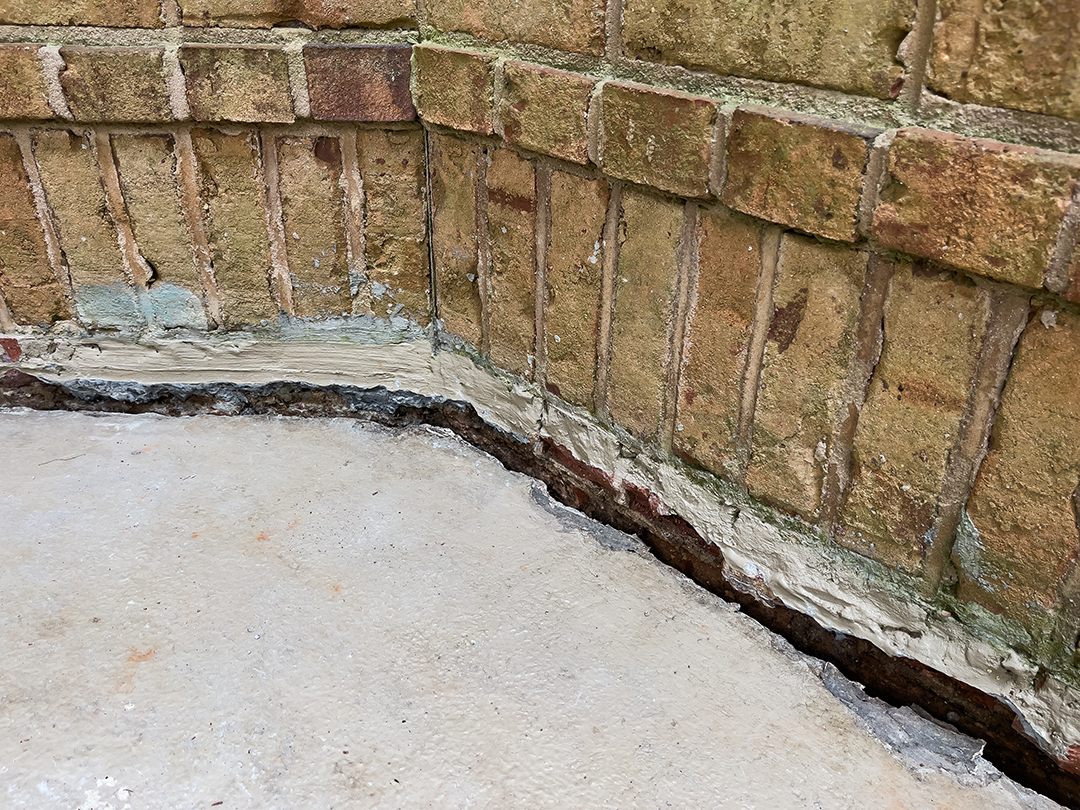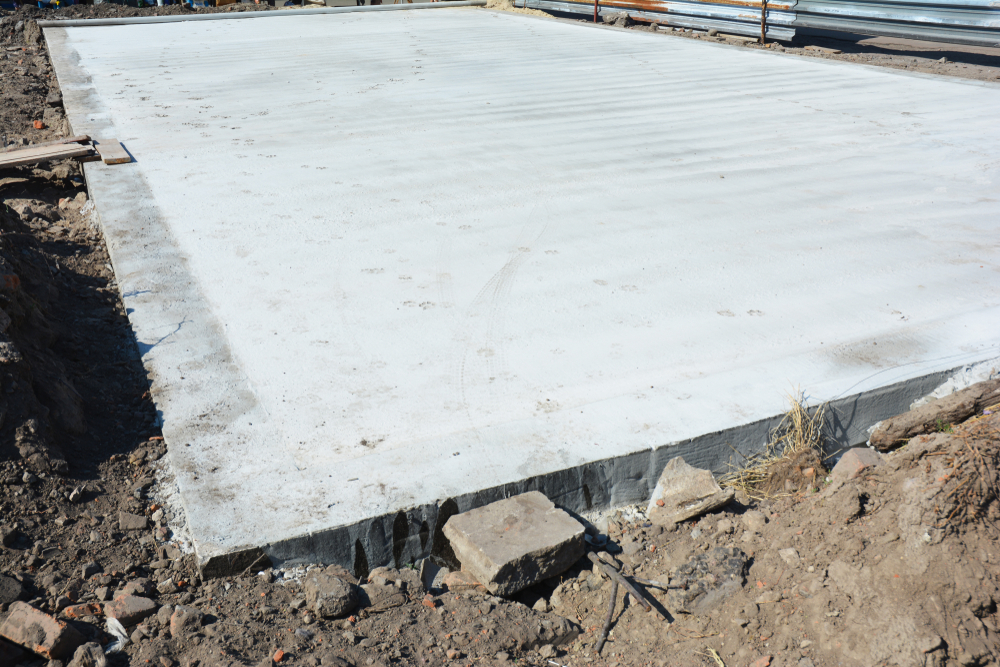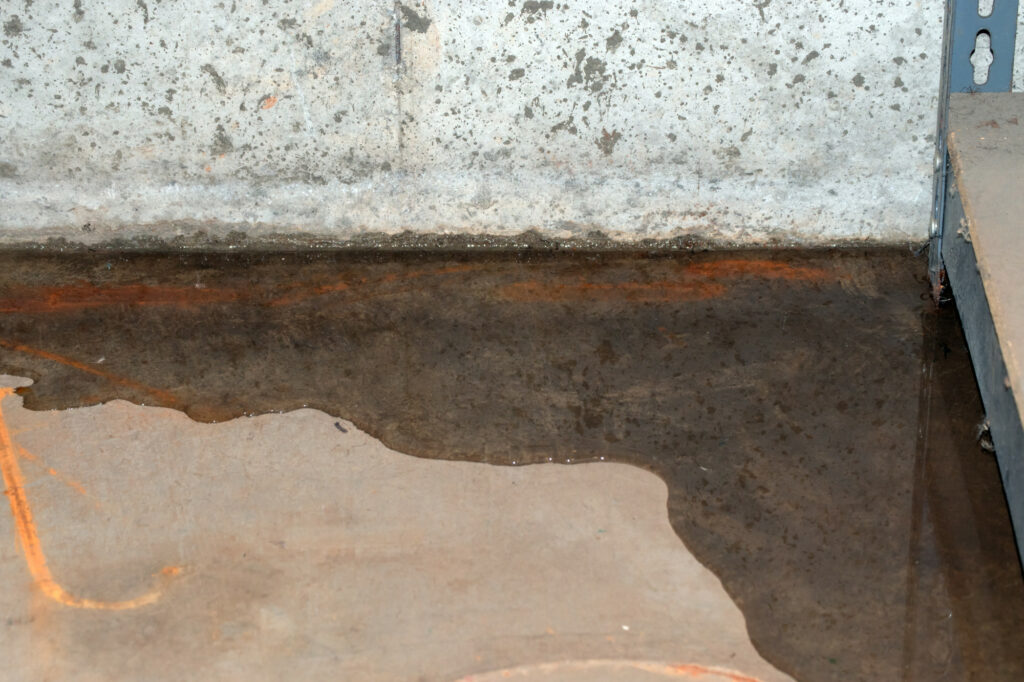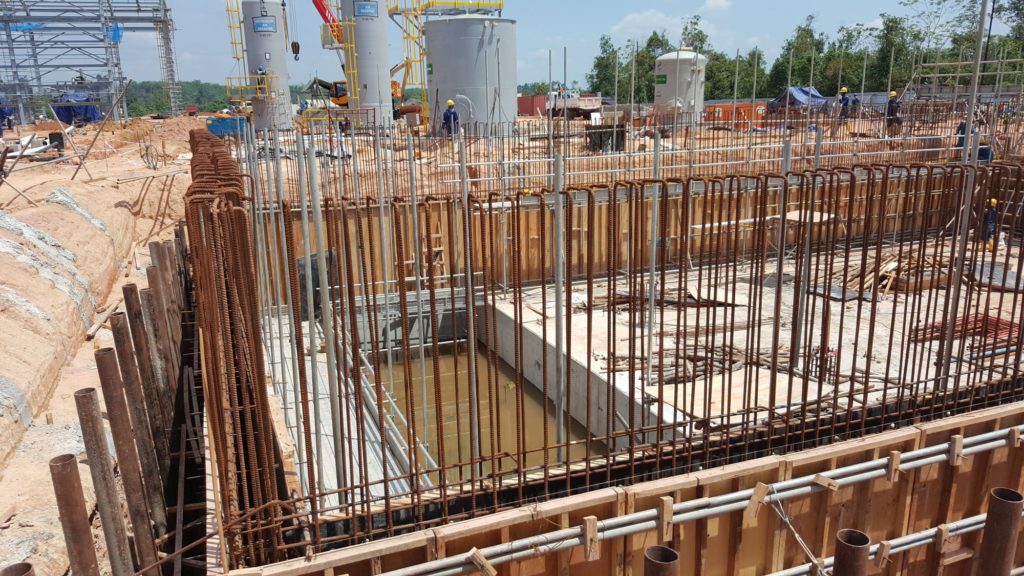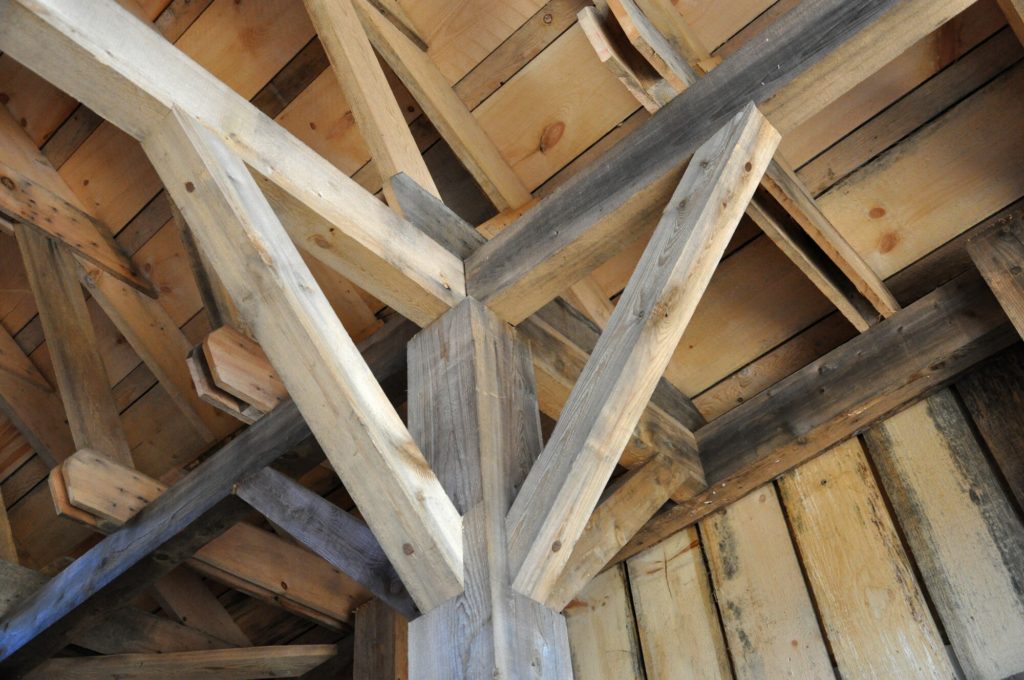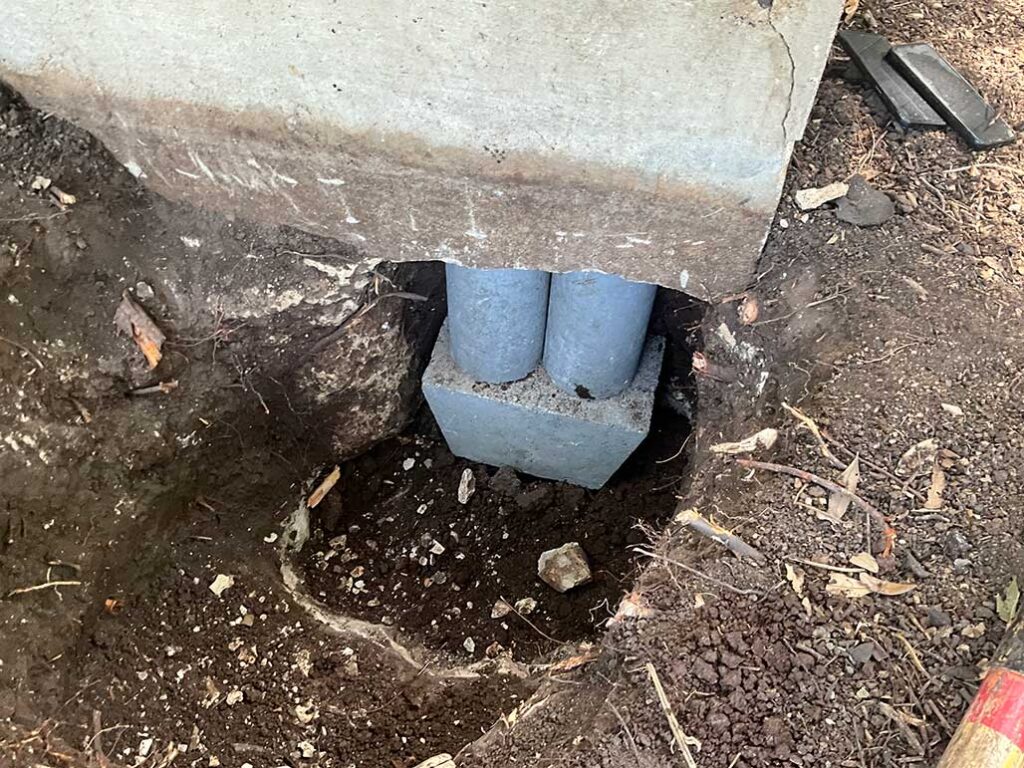Are you living in a historic home with foundation issues? We know how alarming this can be, considering that about 30% of historic homes experience foundation settlement or heaving.
This article will help you with understanding historical home foundation repair. Please don’t wait for more cracks to appear, dive into our restoration guide now and start preserving your historic home’s integrity today!
Historic Homes: A Brief Overview
As historic homeowners, we often find ourselves dealing with foundation problems. It’s a common struggle that even our team of experienced professionals has encountered multiple times.
This article results from our extensive research and real-life experience, providing you with a guide for historical home foundation repair. Stay tuned to uncover the process behind these repairs, precautions to take before starting your project, and how crucial professional inspection can be in maintaining the structural integrity of your beloved historic property.
Common Foundation Problems in Historic Homes
Historic homes often face foundation problems that can compromise their structural integrity. These issues include foundation settlement, heaving, cracked concrete slabs, and leaning chimneys.
Recognizing the signs and symptoms of these problems is crucial to address them effectively.
Signs and Symptoms to Look For
We want to ensure our customers are well-informed about the common signs and symptoms of foundation issues in historic homes. Familiarizing yourself with these signs can help you address problems early, saving time and money and preserving your home’s integrity.
- Drywall Cracks: One of the first noticeable signs is cracks on the drywall.
- Stucco Cracks: Similar to drywall cracks, stucco cracks can indicate foundation issues.
- Concrete Slab Cracks: These can widen over time if left unattended.
- Ceiling Cracks: Cracks appearing on your ceiling could signal a problem with your home’s foundation.
- Tile Cracks: Frequent tile cracks might point towards a deeper structural issue.
- Chimney Cracks or Leaning Chimneys: If your chimney leans or shows cracks, it may be due to faulty foundations.
- Sloping Floors: Floors that aren’t level may indicate settling foundations.
- Doors and Windows Hard to Open and Close: If doors and windows stick or don’t align properly, there could be an underlying foundation problem.
- Presence of Water Leaks: Undetected water leaks can cause severe damage to a home’s foundation over time.
Why These Issues Are More Prevalent in Historic Homes
Historic homes have a certain character and vintage charm but often have more foundation problems. These issues stem from the construction techniques and materials used during their original build.
Brick-and-mortar footings, common in these houses, need more robustness of modern methods, making them prone to wear over time.
The soil conditions under historic homes pose another issue. Over many decades, natural soil shifts may lead to improper compaction or even expansive soil problems. As a result, foundations can become uneven or unsettled, causing structural damage.
Old drainage systems may not effectively redirect water away from the foundation. This can lead to water buildup around your home’s base. Additionally, it can put stress on the foundation.
The Process of Foundation Repair in Historic Homes
Discover the step-by-step process of restoring the foundation of a historic home, from shoring and underpinning to stabilizing settled foundations. Read on to learn more.
Shoring, Underpinning, and Repair
Repairing a historic home involves several crucial steps to ensure the stability and longevity of the foundation. Here’s what you need to know:
- Shoring: When repairing a historic home, it may be necessary to build temporary shoring structures to support unsafe areas during the repair process.
- Underpinning: Underpinning is a method used to strengthen and stabilize foundations that have settled or shifted over time. This technique involves extending the foundation depth or adding additional supports beneath the existing foundation.
- Repair: Repair can begin once the shoring and underpinning are in place. This may include fixing cracks in concrete slabs, reinforcing masonry walls, or replacing damaged foundation sections.
- Foundation materials: The type of foundation material used in your historic home will influence the repair methods used. For example, brick-and-mortar footings may require different repair techniques than raised foundations or slab-on-grade homes.
- Push piers and helical piers: These are commonly used methods for stabilizing settled foundations in historic homes. Push piers are driven deep into stable soil layers to lift and support the foundation, while helical piers are screw-like devices that provide additional support.
Stabilizing and Raising Settled Foundations
Our team specializes in stabilizing and raising settled foundations in historic homes. Here are the steps we take to ensure a successful repair:
- Evaluate the extent of settling: We assess the severity of the foundation settlement to determine the best course of action.
- Excavate around the foundation: We carefully dig around the affected area to create repair space.
- Install steel or concrete piers: Depending on the soil conditions, we use steel or concrete piers to support and stabilize the foundation.
- Lift and level the foundation: Using hydraulic jacks, we gradually raise and level the settled foundation, ensuring it is back to its original position.
- Secure with new footings: To prevent future settling, we install reinforced concrete footings or sister footings to provide additional support.
- Backfill and regrade: Once the repairs are complete, we backfill around the foundation and regrade the soil to improve drainage away from the structure.
- Monitor for further movement: After stabilization, we closely monitor the foundation for any signs of continued settlement or heaving.
The Importance of Professional Inspection
A professional inspection is crucial for repairing a historic home’s foundation. Hiring a qualified and experienced inspector ensures that potential issues are identified accurately and early on.
Inspectors assess the foundation’s structure, find problems, and decide how to fix them. They are experts with knowledge and skills.
They can also provide an accurate estimate of the repair costs involved.
A professional inspection is necessary for historic homes due to their unique construction methods and materials, which demand specialized expertise. By having your historic home inspected by a professional, you can gain valuable insights into its condition and any potential risks or challenges that may be present.
This allows you to make informed decisions about repairs and renovations while preserving the historical integrity of your home.
Remember, neglecting to have a professional inspection before starting foundation repairs can lead to costly mistakes. By thoroughly inspecting your historic home, you can save time and money in the future. Additionally, this will ensure its structural stability for years to come.
Conclusion
In conclusion, understanding the historical home foundation repair process is crucial for anyone looking to restore and preserve these architectural treasures. By identifying common signs of foundation issues and taking necessary precautions before repairs, homeowners can ensure the structural integrity of their historic homes.
Professional inspection and consultation with experts are vital in making informed decisions about the repair process. With proper knowledge and guidance, historic homes can be restored to their former glory while maintaining their unique charm for future generations to enjoy.
FAQs
1. How do I know if my historical home needs foundation repair?
Signs that your historical home may need foundation repair include cracks in the walls or ceilings, doors, and windows that don’t close properly, sloping or uneven floors, and gaps between the exterior walls and the ground.
2. Can I attempt to repair the foundation of my historical home myself?
Homeowners are not recommended to attempt foundation repairs on their own, especially for historic homes. Foundation repairs require specialized knowledge and equipment to ensure proper restoration and preservation of the home’s historical integrity.
3. What does the process of historical home foundation repair involve?
The process typically involves a thorough inspection by a professional contractor specializing in historic homes, followed by stabilization techniques such as underpinning using piers or helical anchors, masonry repairs, drainage improvements, and reinforcing weakened areas.
4. How long does it take to complete a historical home foundation repair project?
The duration of a foundation repair project for a historic home can vary depending on several factors, including the extent of damage, the size of the property, and the availability of materials. It is best to consult a contractor specializing in historic restoration for an accurate timeline estimation.

